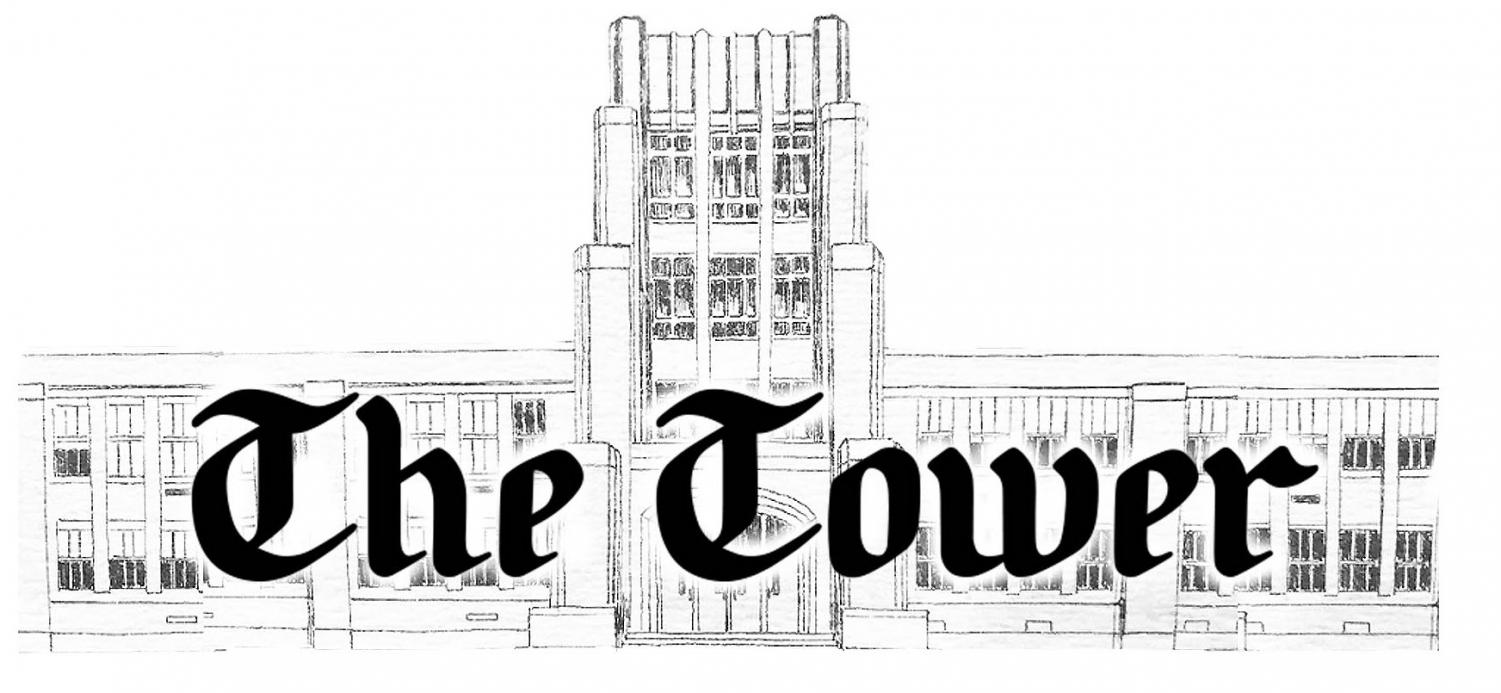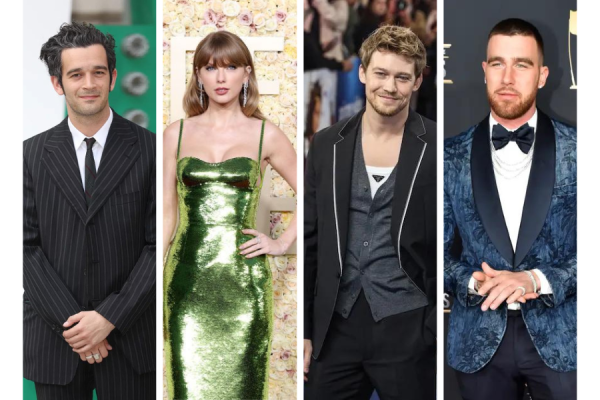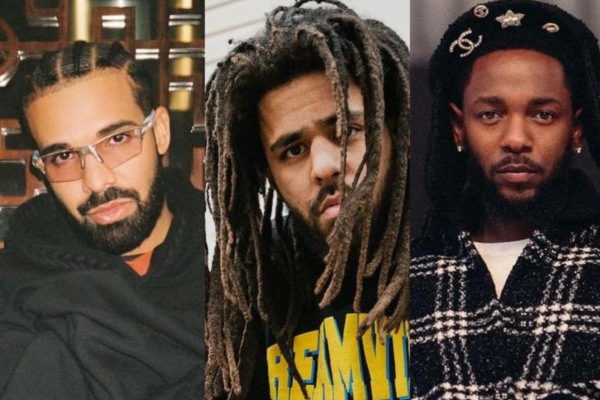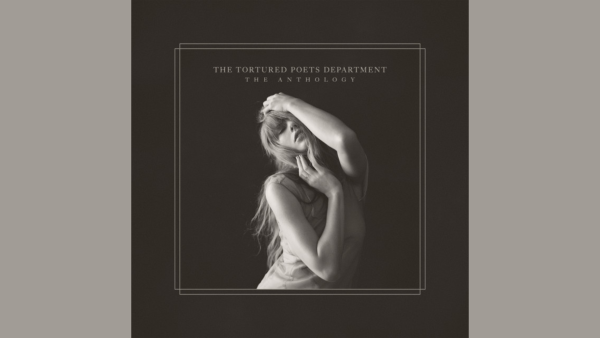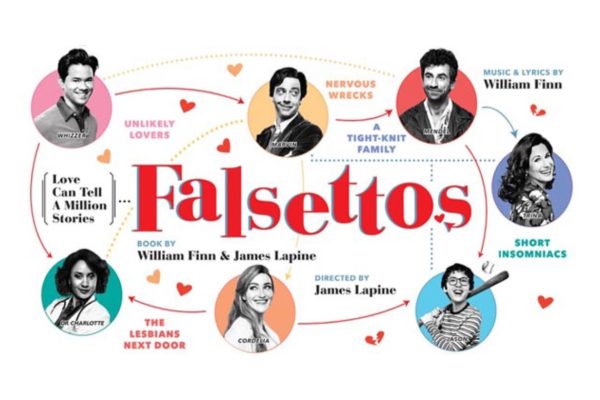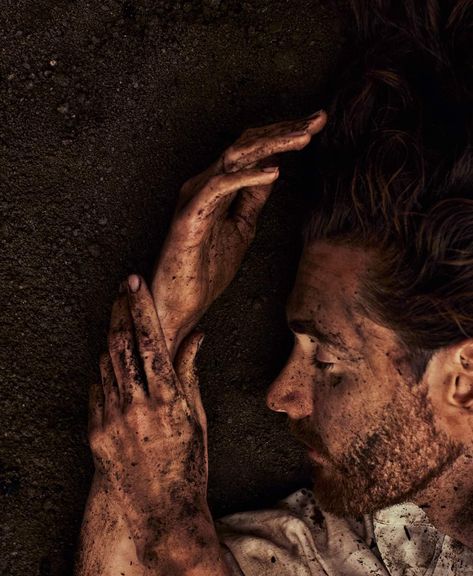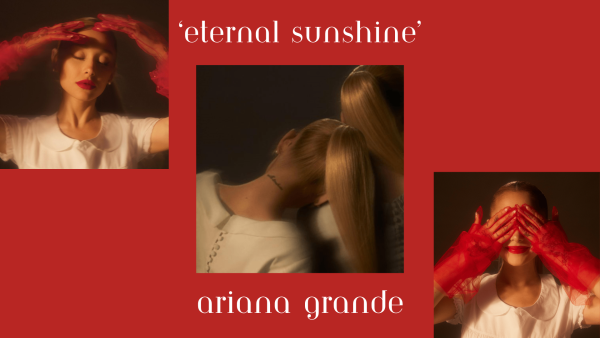‘De-Influencers’ want you to Save Money as Americans Face Upcoming Recession
February 17, 2023
Social media has become a powerful tool in shaping what we buy or wear. Influencer Marketing Hub states that in 2022, the influencer marketing industry was worth $16.4 billion and will only grow in the future. Because of the vast number of products marketed on social media, there is a constant stream of micro-trends that encourage people to buy the latest popular item and then use it for a short time before making room for the next trend.
While influencers may promote a product, it does not guarantee the authenticity of their opinion because they are being paid to endorse the product. But being honest about popular products builds trust between the influencer and their audience, which is especially important now due to recent controversy.
A popular TikTok beauty influencer, Mikayla Nogueira, was accused of fabricating the quality of a product she was promoting. On January 24th, she posted a video of her endorsing a brand’s mascara with “paid partnership” at the bottom for her over 14 million followers. In the video, she shows her giving her first impressions of the mascara as she tries it on. The clip of her applying it quickly cuts to the final product of her long and voluminous eyelashes. However, viewers were quick to point out that her eyelashes looked awfully similar to a pair of false eyelashes.
Because of the controversy, many beauty influencers chose to weigh in on the matter. Influencers started to give their reviews of the same mascara but gave their frank opinion and were not given any payment to talk about the product. This evolved into many beauty and lifestyle creators on TikTok making videos about what popular products you shouldn’t buy; thus providing the term “DE-influencing.”
What is De-Influencing?
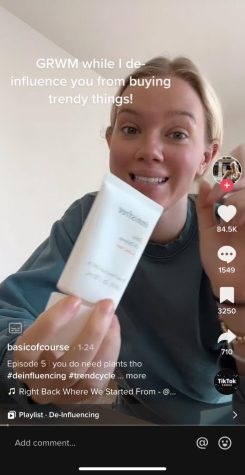
De-influencing aims to discourage impulsively buying products simply because they are seen on social media, as many tend to be overhyped and short-lived. What de-influencing does encourage, though, is for people to be more mindful when making purchases and saving their money.
The term “de-influencing” can easily be confused with the ongoing trend of finding “dupes,” or duplicates, of popular products for a lower price. In some de-influencing videos, you’ll find an influencer telling you not to buy a product… but to buy a cheaper version instead. While it may seem helpful initially, it’s an oxymoron to de-influencing. The point of DE-influencing is to make consumers question whether or not they need the products in the first place rather than buying knockoffs. Dupes are still adding to the problems that come with consumerism; it just makes it cheaper to do so.
The 2023 Recession
When microtrends are constantly changing, keeping up with all of them can be financially unrealistic. Not only would keeping up with every trend be expensive, but the promoted products alone are also costly. For example, some of the most highly rated products on TikTok include the $599 Dyson Airwrap, the $87 Gisou hair oil, the $140 Ugg minis, and a plain black shirt from Kim Kardashian’s SKIMS line for $52. But this new trend could change the whole influencer marketing industry. With the predicted upcoming recession for 2023, this could be a way for influencers to continue making content during a time when people are unable to spend money.
Amy Allen Clark, a blogger during the previous recession in 2008, says that influencers also took a different approach when making content. She says that before the recession, frugally-minded content was too niche to become mainstream. But once people had to start saving money, creators pivoted their content to money-saving strategies and DIY (do it yourself) projects with the help of Pinterest, which launched in 2010.
“Embracing de-influencing is a savvy trend because influencers can live authentically by offering advice on what NOT to buy while simultaneously offering an affiliate link to a more affordable alternative or unique coupon code through a collaboration. It is just as effective, if not more effective, to spin a pitch this way. The reality, though, is that with recession also comes a decrease in funds, and many influencers will be hard hit with fewer sales. As a result, they will need to diversify their funds beyond affiliate links if they want to stay in the game.”
-Amy Allen Clark, blogger
Overconsumption
Due to the rise in influencer marketing, social media platforms have expanded from sharing photos and communicating, to a giant space for e-commerce. Social media can create a constant comparison culture where users feel the need to buy new items to keep up with what everyone else seems to be doing. Evidently, a 2020 study on Marketing Dive claims that nearly half (44%) of people born in Gen-Z have purchased a product because of an influencer’s recommendation. Consumer culture, such as fast fashion, is at an all-time high, with statistics showing that clothing sales doubled from 100 to 200 billion units a year, while the average number of times an item was worn decreased by 36%. On top of that, fashion is responsible for 10% of greenhouse gas emissions, which contributes negatively to the environment.
This de-influencing trend has the potential to be a positive movement in the field of ethical consumption, but there is a lot that needs to build upon this trend to create a truly beneficial and widespread impact. Many influencers depend on brand partnerships to make a living, and many online shoppers need help with impulse buying, so it’ll be a challenge to tackle a $16.4 billion industry that is only growing. Whether this trend fizzles out or not, it’s worth paying attention to and making consumers more aware of how much impact their purchases can have.
